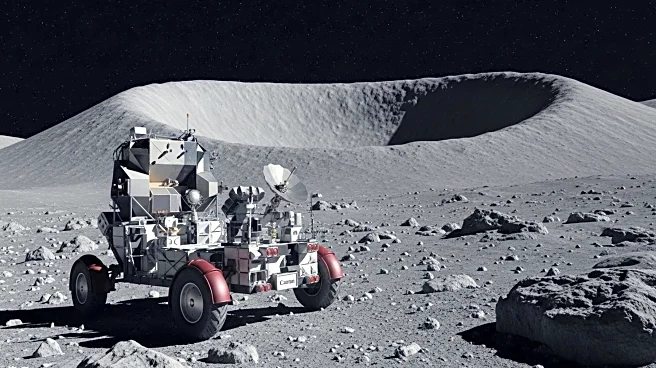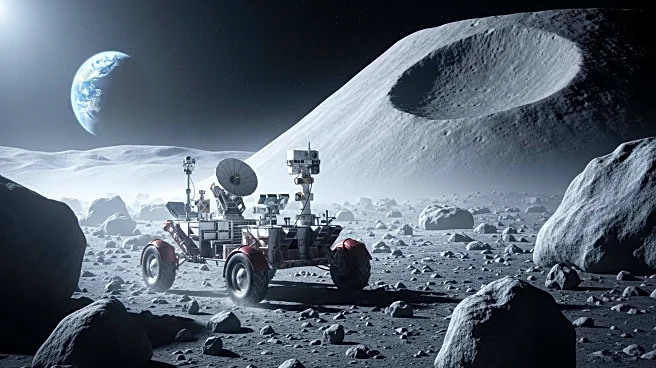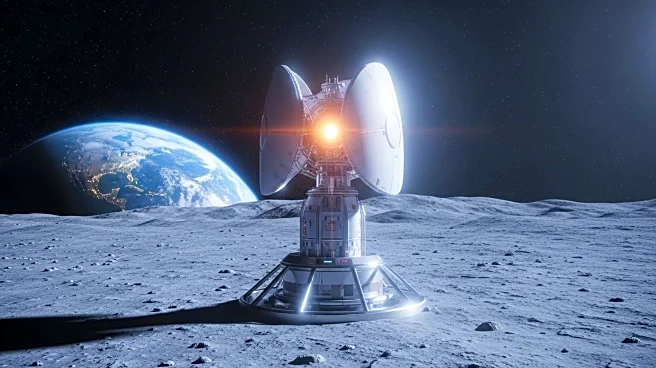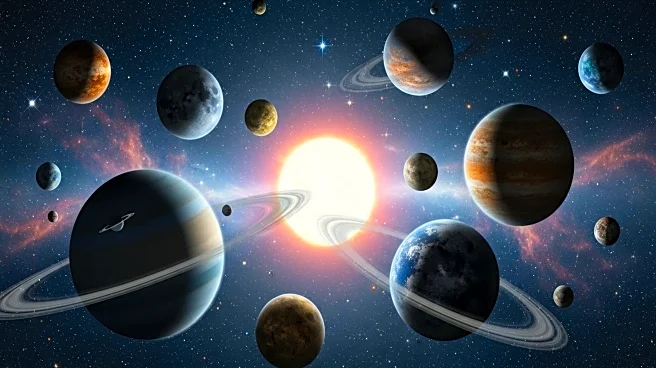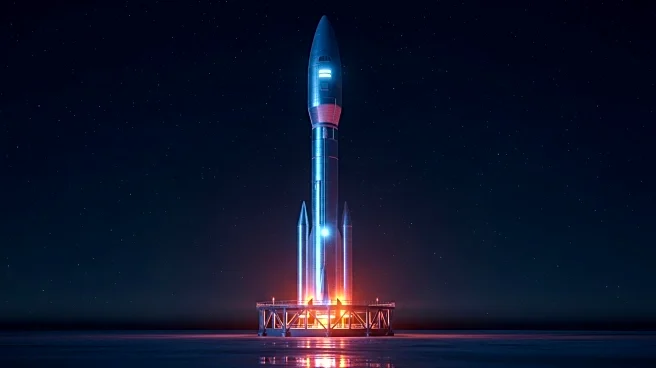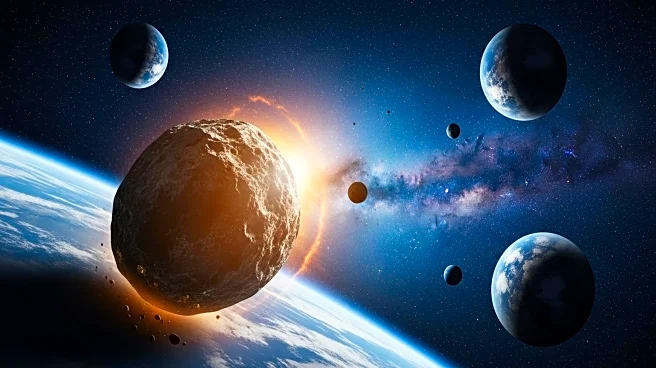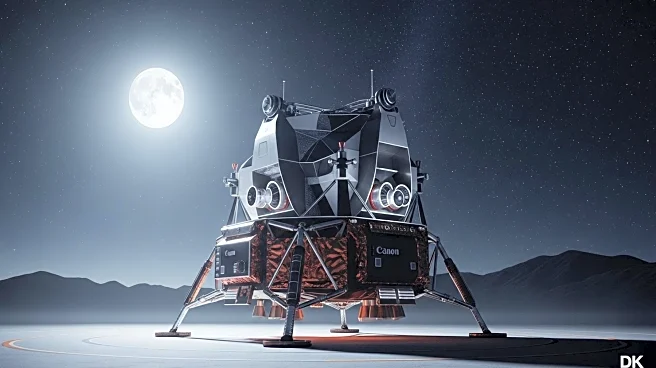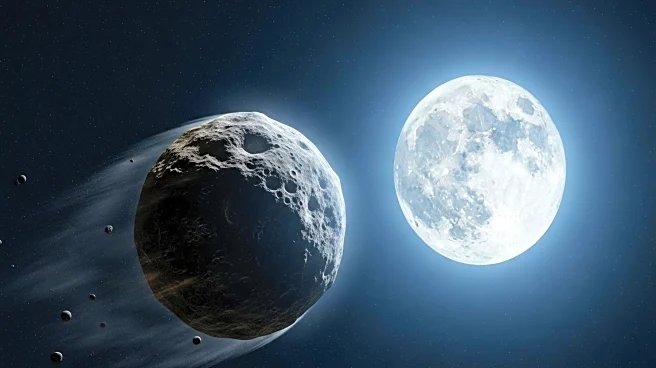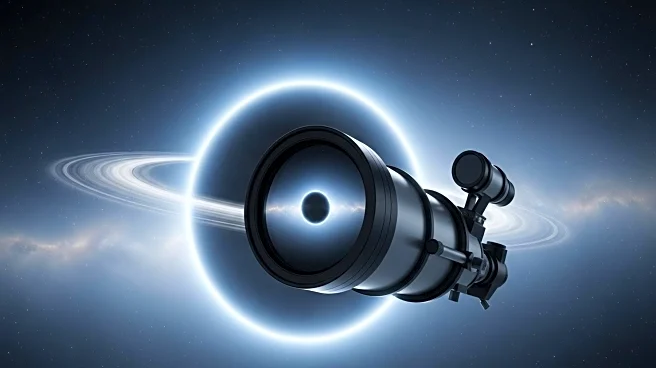What's Happening?
NASA's Artemis program is set to land astronauts on the Moon's South Pole-Aitken (SPA) basin, the largest and oldest impact crater on the Moon. Recent studies suggest that the SPA basin was formed by a glancing southward impact rather than a direct asteroid collision, challenging previous assumptions. This basin, over 1,200 miles wide, is believed to contain material from deep within the Moon's interior, offering a unique opportunity to study the Moon's evolution and structure. The Artemis missions aim to explore this region to gather samples that could provide new insights into the Moon's geological history.
Why It's Important?
The exploration of the SPA basin by NASA's Artemis program is significant for several reasons. It could help scientists understand the asymmetry between the Moon's near and far sides, which have different geological features. The findings may reveal more about the Moon's early evolution, including the distribution of radioactive elements and the remnants of its magma ocean. This research could also have implications for future lunar exploration and the potential extraction of valuable resources. The Artemis missions represent a major step in human space exploration, as they will be the first crewed missions to the Moon in over half a century.
What's Next?
NASA plans to land astronauts on the down-range rim of the SPA basin within the next two years. This location is expected to provide access to ejecta material from the Moon's interior, which could offer clues about its geological history. The Artemis program will collect samples for analysis on Earth, potentially revealing new information about the Moon's formation and evolution. As the program progresses, it may lead to further exploration of the Moon's far side and the development of technologies for long-term lunar habitation.
Beyond the Headlines
The study of the SPA basin could have broader implications for understanding planetary formation and impact processes across the solar system. The findings may challenge existing theories about the Moon's geological history and prompt a reevaluation of how celestial bodies evolve over time. Additionally, the Artemis program's success could pave the way for future missions to other planets, advancing human space exploration and scientific discovery.

